Home>Gardening & Outdoor>Outdoor Recreation & Activities>How Do You Get Rid Of Mustard Algae In A Swimming Pool
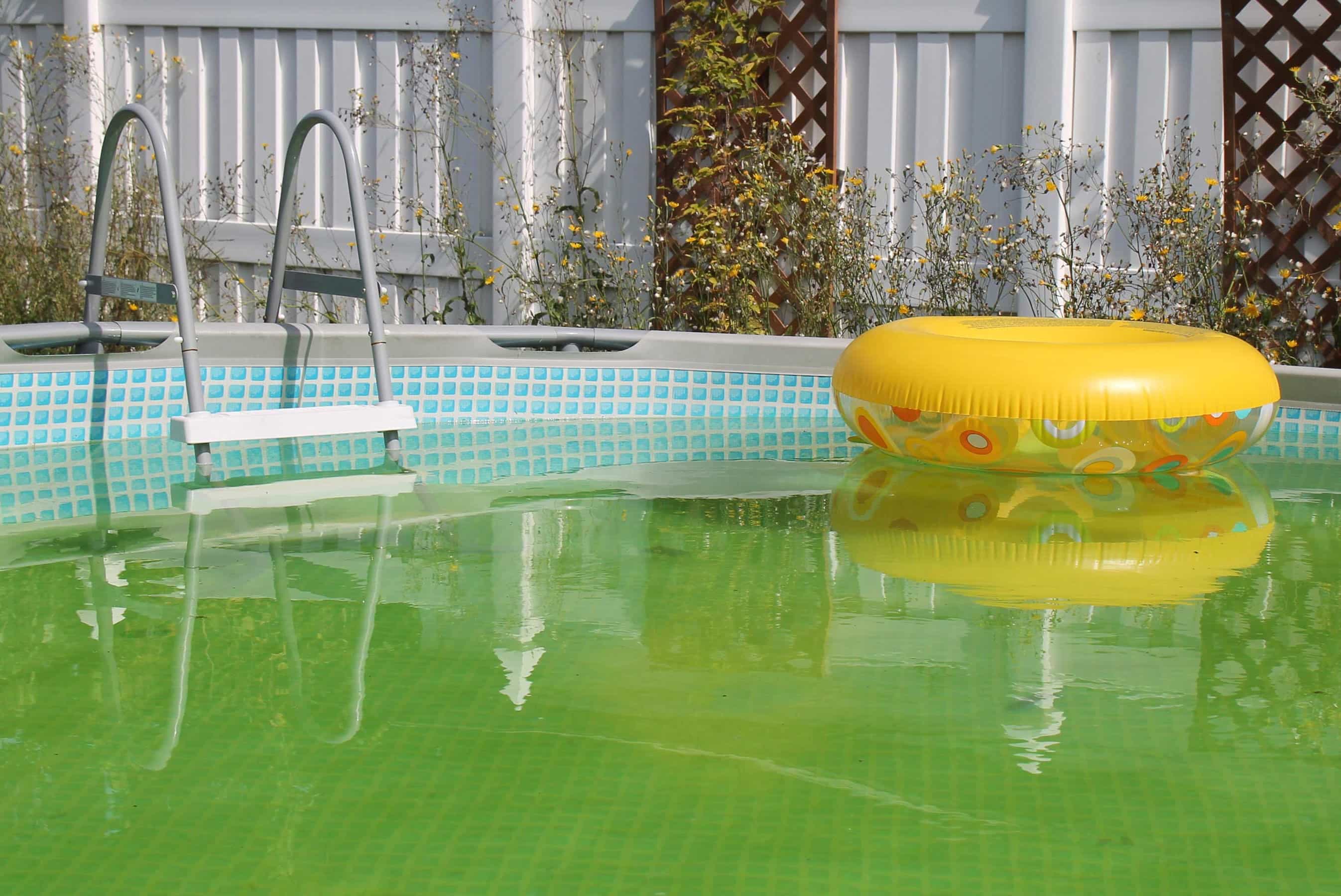

Outdoor Recreation & Activities
How Do You Get Rid Of Mustard Algae In A Swimming Pool
Published: February 18, 2024
Learn effective methods for removing mustard algae from your swimming pool and enjoy a clean and safe outdoor recreation area. Get expert tips and advice for maintaining a sparkling pool.
(Many of the links in this article redirect to a specific reviewed product. Your purchase of these products through affiliate links helps to generate commission for Storables.com, at no extra cost. Learn more)
Introduction
When it comes to maintaining a sparkling clean swimming pool, dealing with stubborn algae is often a challenging task. Among the various types of algae that can plague pool owners, mustard algae stands out as a particularly resilient and frustrating foe. Its yellowish-brown appearance and slimy texture make it a common nuisance for pool enthusiasts. However, with the right knowledge and proactive measures, you can effectively combat and prevent the recurrence of mustard algae in your swimming pool.
In this comprehensive guide, we will delve into the intricacies of mustard algae, exploring its characteristics, potential causes, and the most effective methods for eradicating it. By understanding the nature of this persistent algae and implementing preventive strategies, you can ensure that your pool remains a pristine and inviting oasis for relaxation and enjoyment. So, let's embark on this journey to uncover the secrets of combating mustard algae and reclaiming the crystal-clear allure of your swimming pool.
Key Takeaways:
- Say goodbye to mustard algae by maintaining proper chlorine levels, optimizing pool circulation, and regular brushing to prevent its stubborn return.
- Combat mustard algae with shock treatment, algaecide application, and diligent maintenance to reclaim a pristine and inviting swimming pool.
Understanding Mustard Algae
Mustard algae, also known as yellow algae, is a common nuisance for pool owners, characterized by its yellowish-brown color and slimy texture. Unlike other types of algae, mustard algae can be particularly resilient and challenging to eradicate. It tends to cling to pool surfaces, especially in shaded areas, and can quickly reappear even after thorough cleaning. Understanding the nature of mustard algae is crucial for effectively combating its presence in swimming pools.
Characteristics of Mustard Algae
Mustard algae typically appear as small, spore-like clusters that cling to pool walls, steps, and other surfaces. Its yellowish-brown coloration often causes it to be mistaken for sand or dirt, leading to delayed treatment. Unlike green algae, mustard algae are more resistant to normal chlorine levels, making them harder to eliminate. Additionally, mustard algae can thrive in poorly circulated and shaded areas of the pool, making these spots particularly susceptible to infestations.
Potential Causes of Mustard Algae
The development of mustard algae in swimming pools can be attributed to various factors. Insufficient chlorine levels, inadequate circulation, and irregular pool maintenance can create an environment conducive to algae growth. Moreover, the introduction of contaminated pool toys, equipment, or swimsuits can also contribute to the spread of mustard algae. Furthermore, the presence of phosphates and nitrates in the pool water can serve as nutrients for algae, fostering their proliferation.
Resilience and Treatment Challenges
One of the most notable aspects of mustard algae is its resilience to standard pool sanitation practices. Unlike green algae, mustard algae can withstand normal chlorine levels, necessitating specialized treatment methods for effective eradication. Its ability to form a protective layer that shields it from chemical treatments further complicates the eradication process. As a result, addressing mustard algae infestations requires a targeted and persistent approach to ensure complete removal.
Understanding the distinct characteristics and challenges posed by mustard algae is essential for devising an effective eradication and prevention strategy. By recognizing its resilience and preferred habitats, pool owners can implement proactive measures to mitigate the risk of mustard algae infestations and maintain a pristine swimming environment.
Read more: What Causes Algae In A Swimming Pool
Prevention of Mustard Algae
Preventing the recurrence of mustard algae in your swimming pool is a proactive endeavor that involves diligent maintenance and strategic measures to create an inhospitable environment for algae growth. By implementing the following preventive strategies, you can significantly reduce the likelihood of mustard algae infestations and sustain a clean and inviting pool environment.
1. Maintain Adequate Chlorine Levels
Sustaining proper chlorine levels is paramount in preventing mustard algae. Regularly test the chlorine levels in your pool and ensure that they remain within the recommended range. Maintaining a free chlorine level of 3 ppm (parts per million) or higher is crucial for inhibiting algae growth and preventing the establishment of mustard algae colonies.
2. Optimize Pool Circulation and Filtration
Effective circulation and filtration play a pivotal role in thwarting algae proliferation, including mustard algae. Ensure that your pool's circulation system is functioning optimally, promoting consistent water movement to prevent stagnant areas where algae can flourish. Additionally, routinely clean and maintain your pool's filters to facilitate the removal of algae spores and other contaminants.
3. Regular Brushing and Scrubbing
Frequent brushing and scrubbing of pool surfaces, especially in shaded or less circulated areas, can disrupt the potential development of mustard algae. By physically agitating the surfaces, you can dislodge algae spores and prevent their attachment, thereby impeding the formation of persistent algae colonies.
4. Monitor and Manage Phosphate Levels
Phosphates serve as nutrients for algae, fueling their growth and resilience. Utilize phosphate removers or inhibitors to control and reduce phosphate levels in your pool water. By minimizing the availability of phosphates, you can create an environment that is less conducive to algae proliferation, including the formation of mustard algae.
5. Regular Pool Maintenance and Water Testing
Consistent pool maintenance, including vacuuming, skimming, and maintaining balanced water chemistry, is essential for preventing mustard algae. Regularly test the pool water for pH, alkalinity, and other chemical parameters, and promptly address any imbalances. Diligent maintenance practices contribute to creating an environment that is inhospitable to algae growth.
6. Minimize Contaminant Introduction
Be mindful of potential sources of algae contamination, such as pool toys, equipment, and swimsuits. Routinely clean and sanitize these items to prevent the introduction of algae spores into the pool. Additionally, encourage proper hygiene practices among swimmers to minimize the transfer of contaminants that can contribute to algae growth.
By integrating these preventive measures into your pool maintenance routine, you can fortify your defenses against mustard algae infestations and sustain a pristine and enjoyable swimming environment. Proactive prevention is key to minimizing the risk of algae outbreaks and ensuring that your pool remains a refreshing retreat for leisure and recreation.
Getting Rid of Mustard Algae
Combatting mustard algae requires a targeted and persistent approach to ensure complete eradication. While this resilient algae presents challenges, employing the right techniques and products can effectively eliminate its presence in your swimming pool.
1. Shock Treatment
Implementing a shock treatment using a high dosage of chlorine is a fundamental step in eradicating mustard algae. This process involves significantly elevating the chlorine levels in the pool to effectively combat the algae. It is essential to follow the manufacturer's guidelines for the appropriate shock treatment product and dosage based on your pool's volume. The shock treatment serves to break through the protective layer of the algae, rendering it more susceptible to subsequent treatments.
2. Brushing and Scrubbing
Vigorously brushing and scrubbing the affected pool surfaces is crucial for dislodging mustard algae and facilitating the penetration of treatment chemicals. Focus on areas where mustard algae typically thrive, such as pool walls, steps, and corners. By physically agitating the algae colonies, you can enhance the effectiveness of subsequent treatments and prevent their regrowth.
3. Algaecide Application
Utilizing a specialized algaecide formulated for mustard algae is instrumental in the eradication process. Select an algaecide specifically designed to target and eliminate mustard algae. Follow the manufacturer's instructions for application and dosage, ensuring thorough coverage of the affected areas. The algaecide works in conjunction with the shock treatment to penetrate and destroy the algae, preventing its resurgence.
4. Filtration and Vacuuming
After implementing the shock treatment and applying the algaecide, it is essential to run the pool's filtration system continuously to remove the dislodged algae and residual treatment chemicals. Additionally, vacuum the pool thoroughly to eliminate any remaining algae debris. Regular filtration and vacuuming aid in clearing the water of algae spores and remnants, contributing to the overall eradication effort.
Read more: How Do You Winterize A Swimming Pool
5. Ongoing Monitoring and Maintenance
Following the treatment process, monitor the pool water closely and maintain appropriate chlorine levels to prevent the reoccurrence of mustard algae. Regularly test the water chemistry and address any imbalances promptly. Sustaining optimal circulation and filtration, along with routine brushing and maintenance, is essential for preventing the resurgence of mustard algae.
By diligently following these steps and remaining vigilant in your maintenance practices, you can effectively eliminate mustard algae from your swimming pool and create an environment that is inhospitable to its return. Persistence, proper treatment techniques, and proactive maintenance are key to reclaiming and preserving the pristine condition of your pool.
Conclusion
In conclusion, combating and preventing mustard algae in your swimming pool demands a comprehensive approach that encompasses understanding its characteristics, implementing proactive prevention strategies, and employing targeted eradication methods. Mustard algae's resilience and propensity to thrive in shaded and poorly circulated areas underscore the importance of proactive maintenance and diligent monitoring. By maintaining optimal chlorine levels, promoting effective circulation, and minimizing nutrient availability, pool owners can fortify their defenses against mustard algae infestations.
Furthermore, eradicating mustard algae necessitates a persistent and multifaceted treatment process, including shock treatments, algaecide applications, and thorough cleaning. The combination of these targeted methods, coupled with ongoing maintenance and vigilant monitoring, is instrumental in ensuring the complete elimination of mustard algae and preventing its resurgence.
By integrating these insights and strategies into your pool maintenance regimen, you can safeguard your pool against the persistent threat of mustard algae and preserve its pristine condition for leisure and enjoyment. With a proactive mindset and a commitment to diligent maintenance, you can transform your swimming pool into a refreshing oasis, free from the grip of mustard algae and conducive to relaxation and recreation.
In essence, conquering mustard algae is a journey that demands vigilance, knowledge, and proactive measures. By embracing these principles and implementing the recommended strategies, you can reclaim the clarity and allure of your swimming pool, fostering a welcoming environment for endless moments of aquatic delight and leisure.
Frequently Asked Questions about How Do You Get Rid Of Mustard Algae In A Swimming Pool
Was this page helpful?
At Storables.com, we guarantee accurate and reliable information. Our content, validated by Expert Board Contributors, is crafted following stringent Editorial Policies. We're committed to providing you with well-researched, expert-backed insights for all your informational needs.
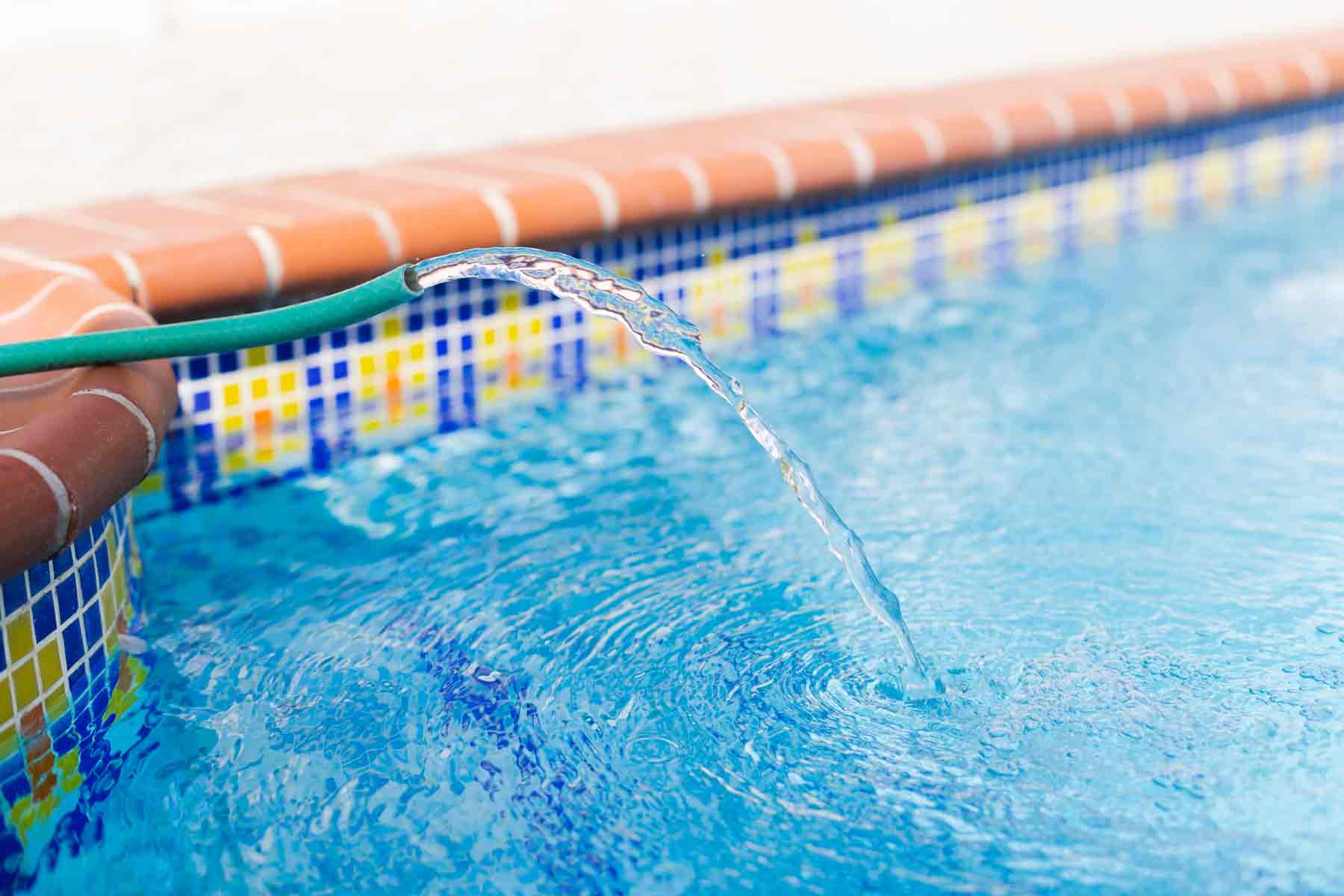
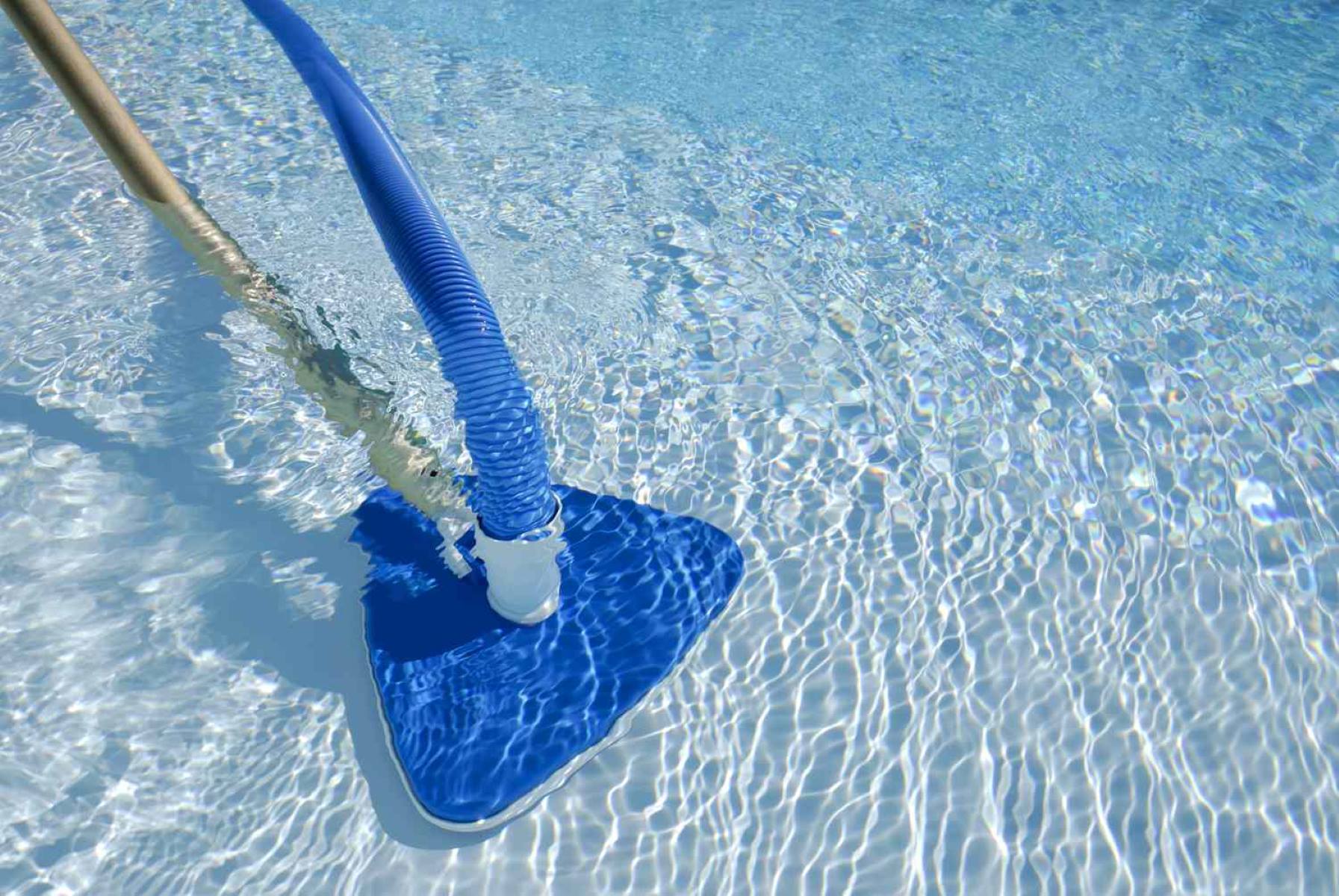
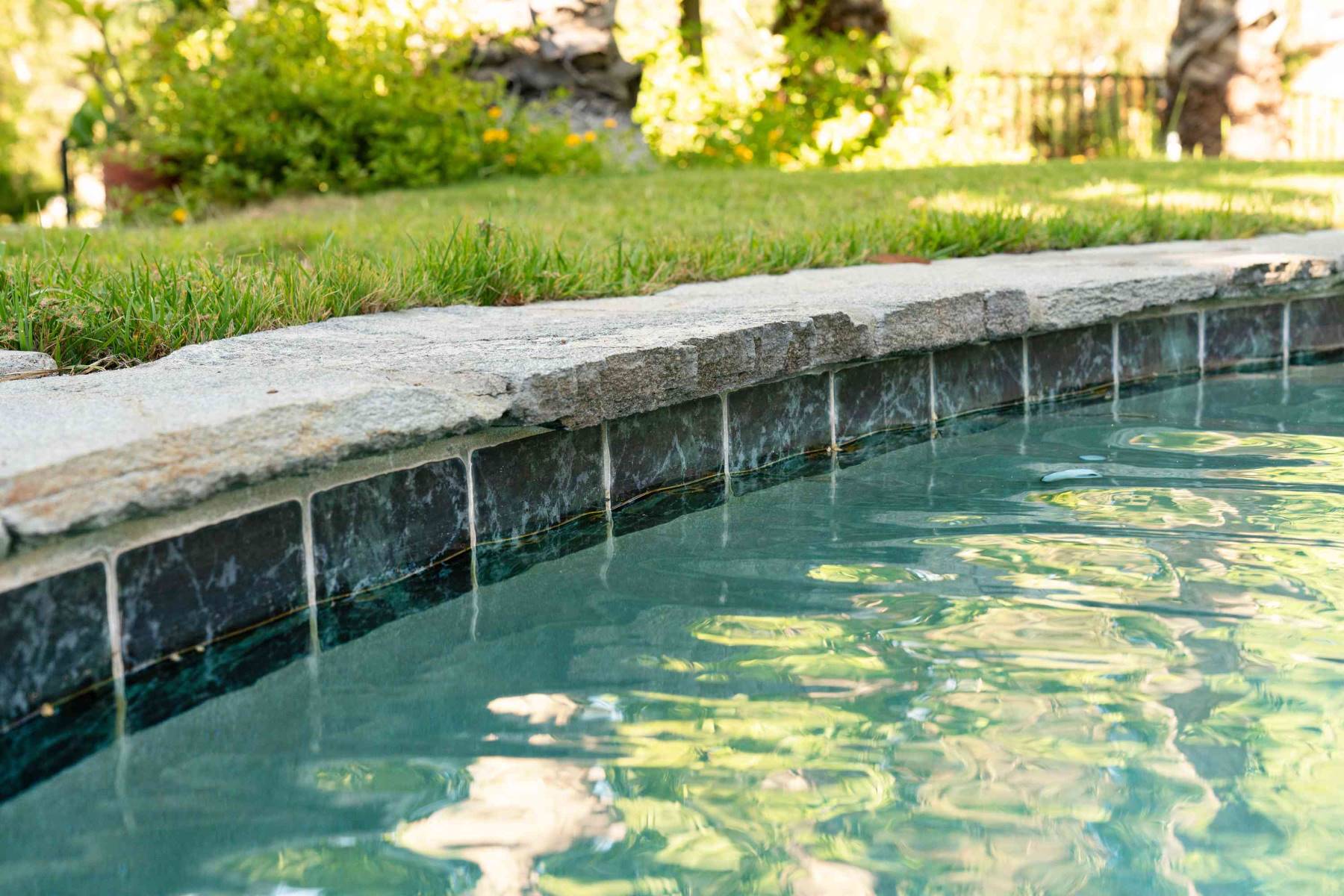
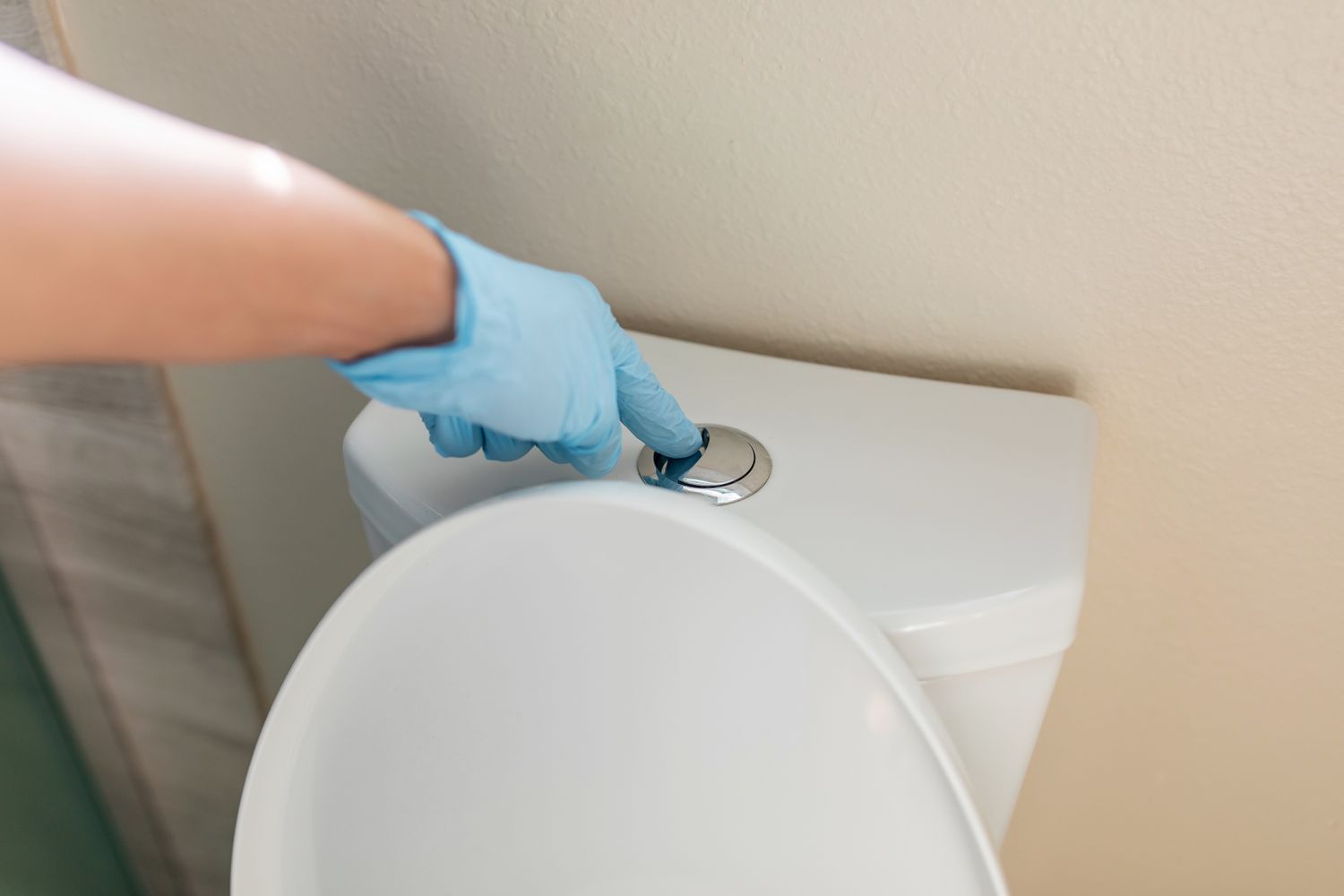
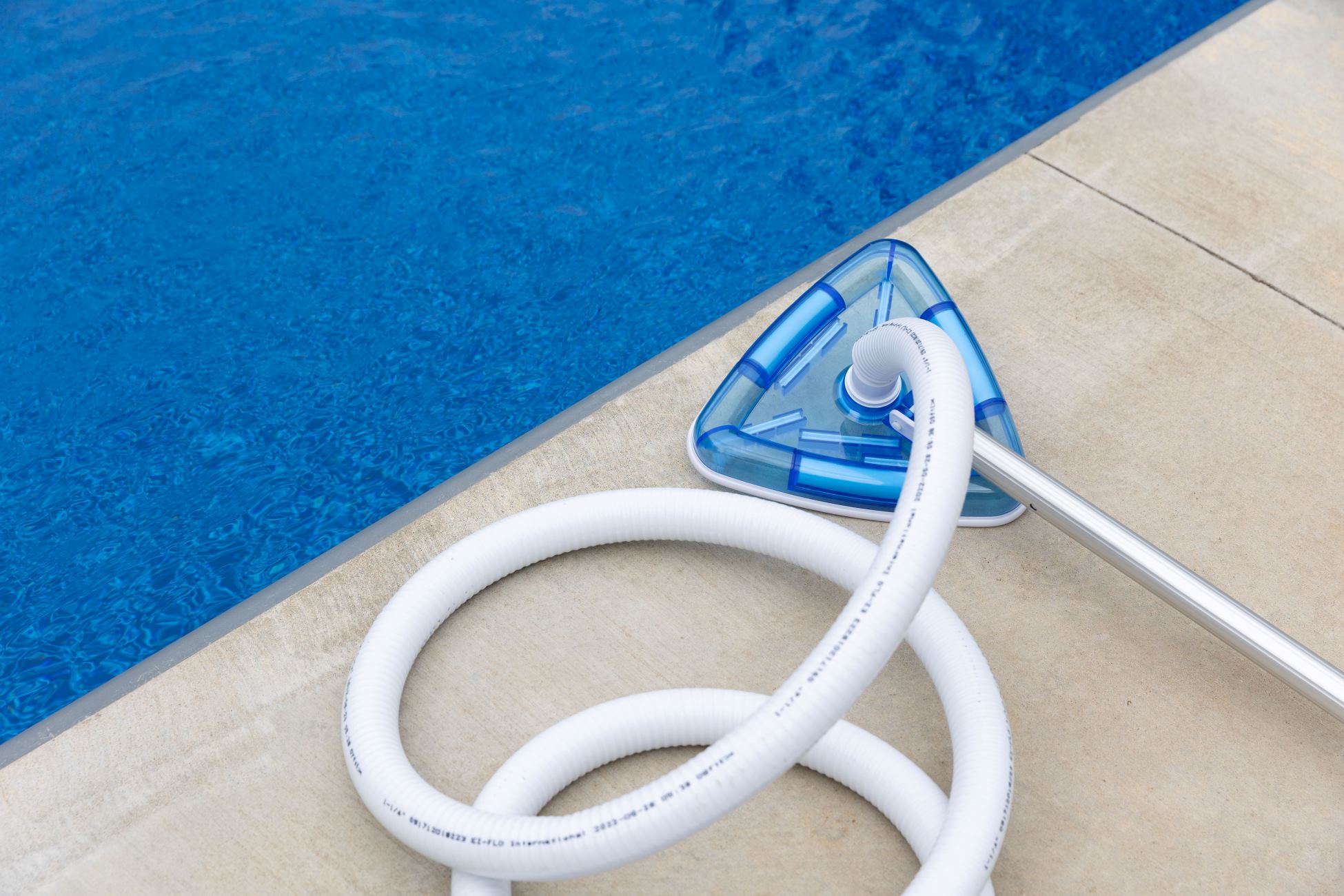
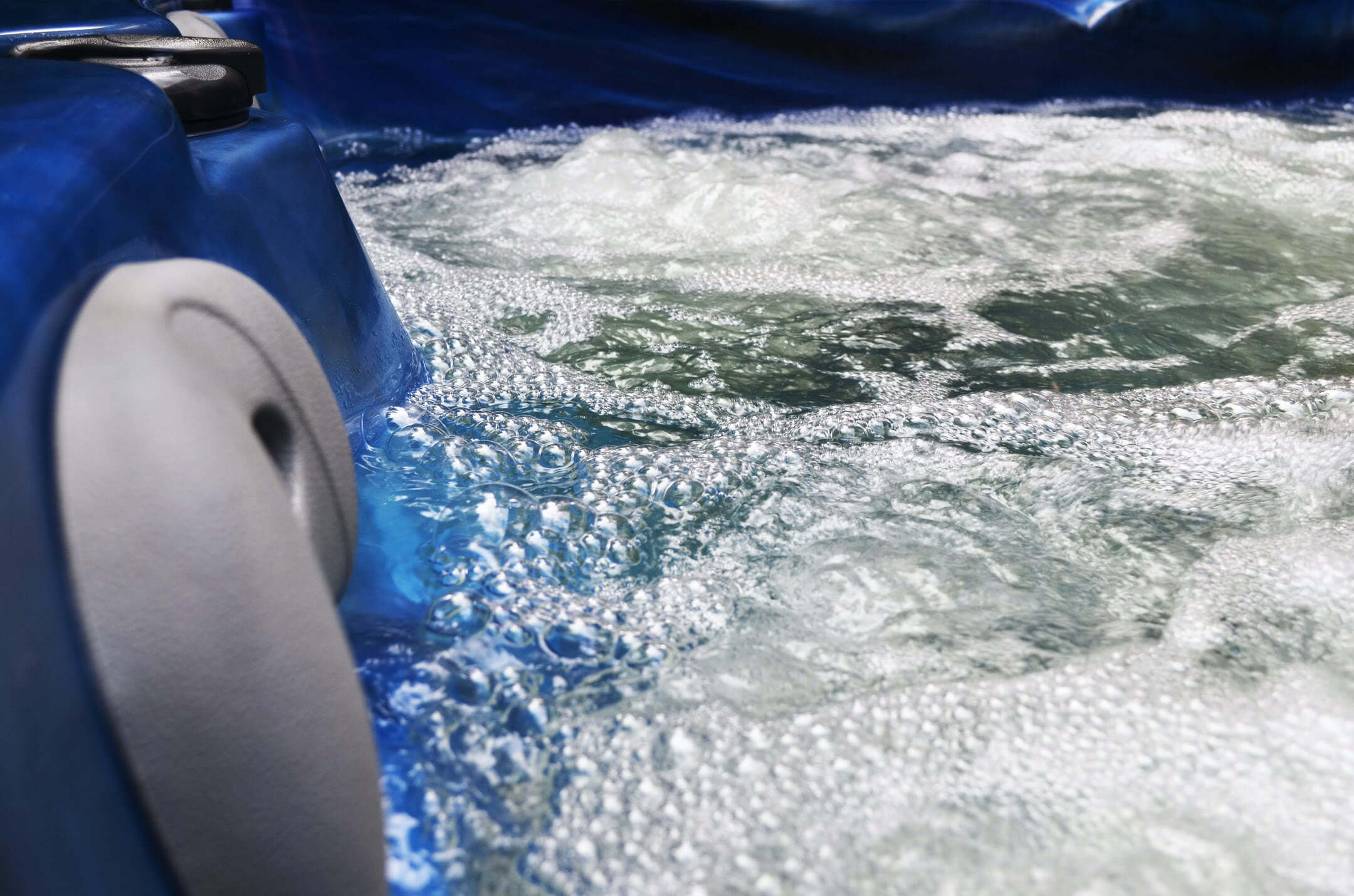
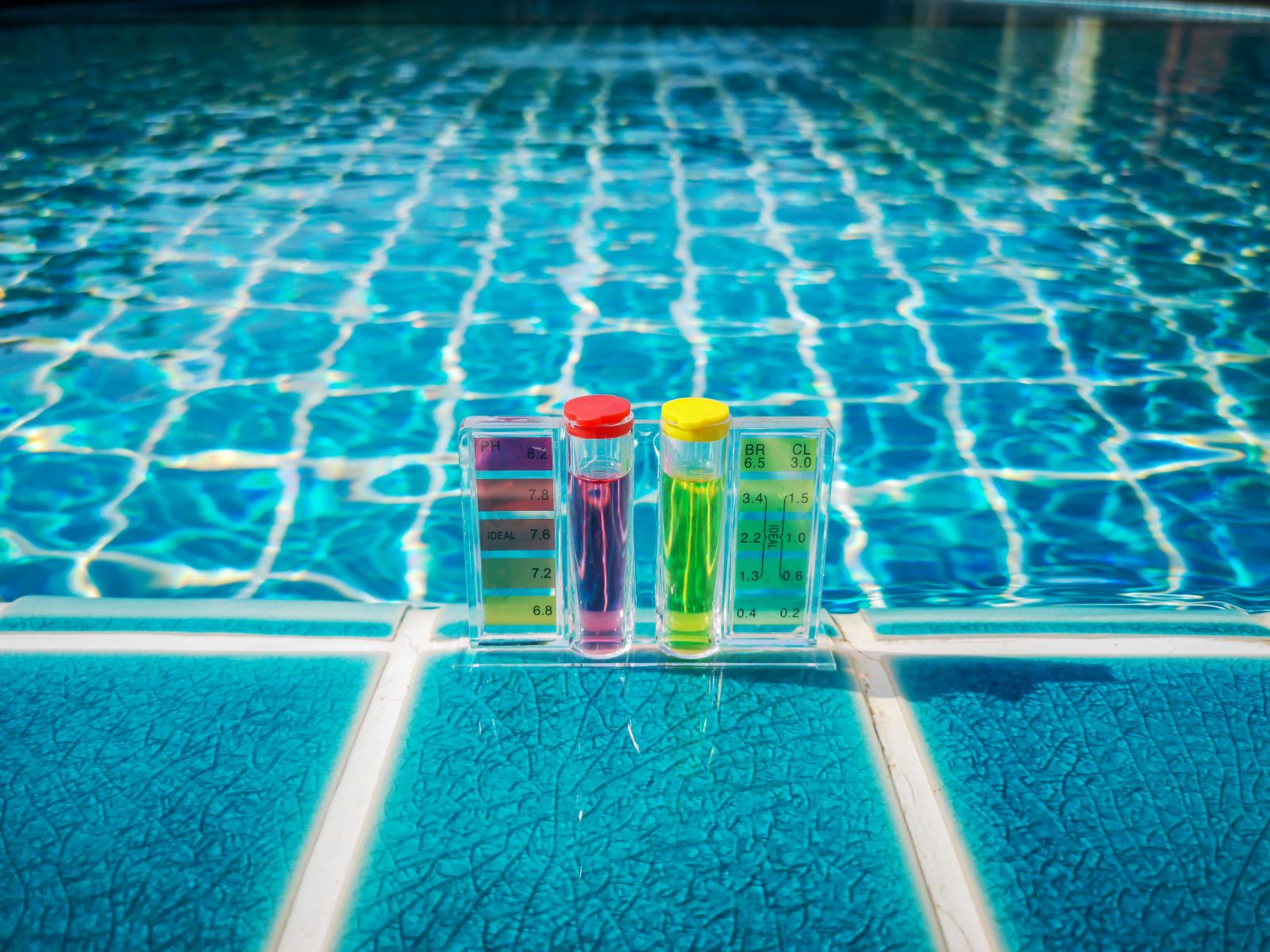
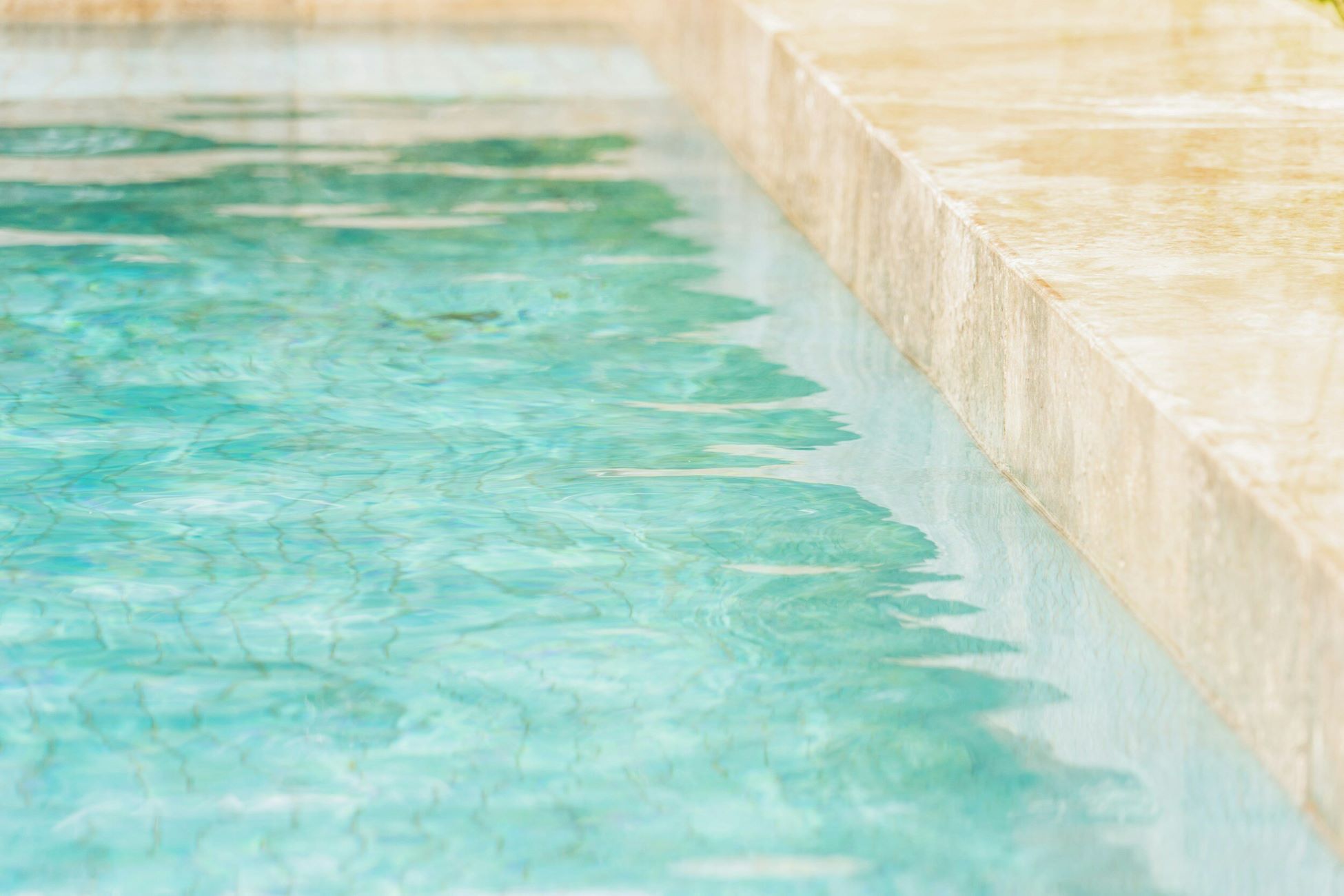
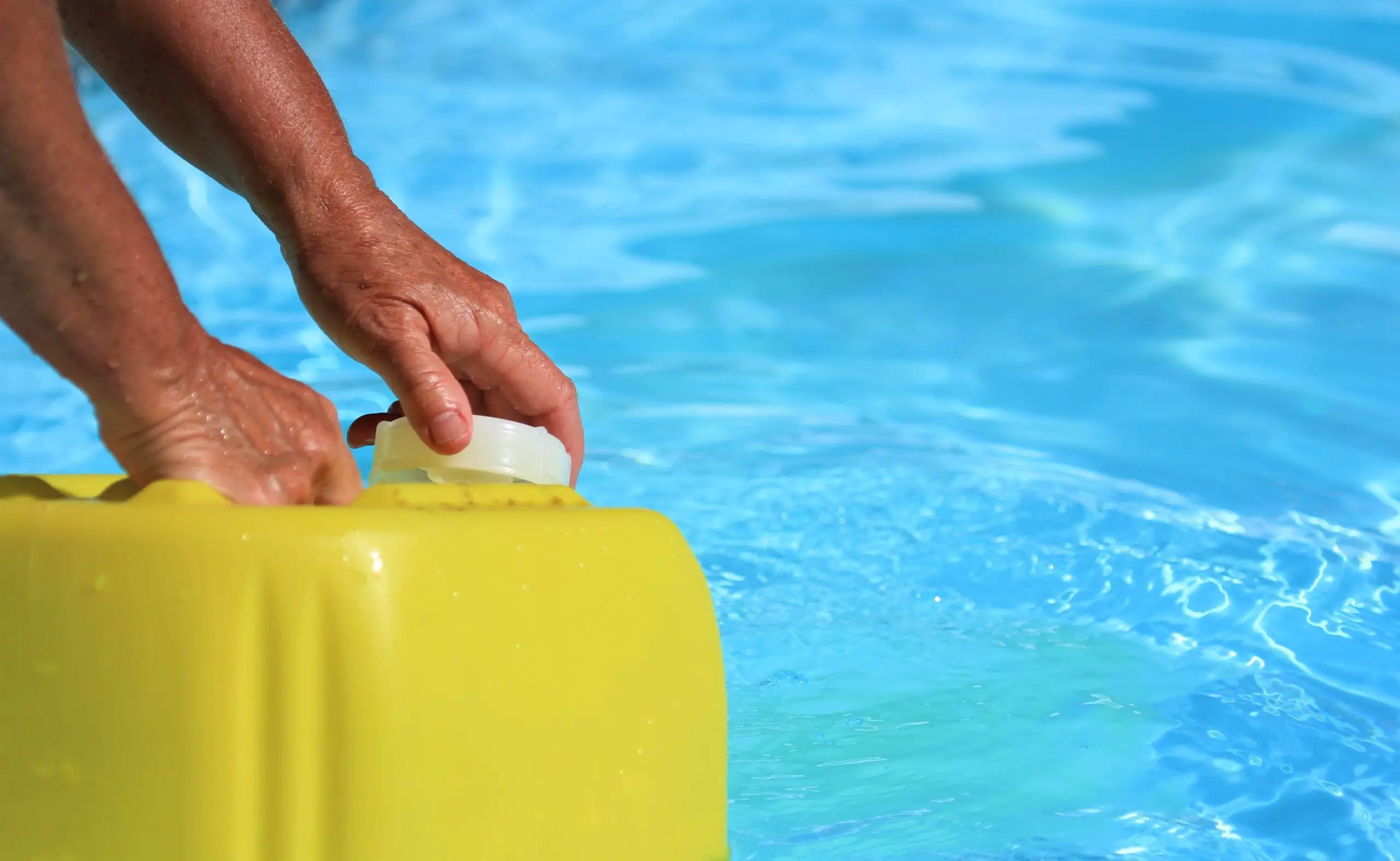
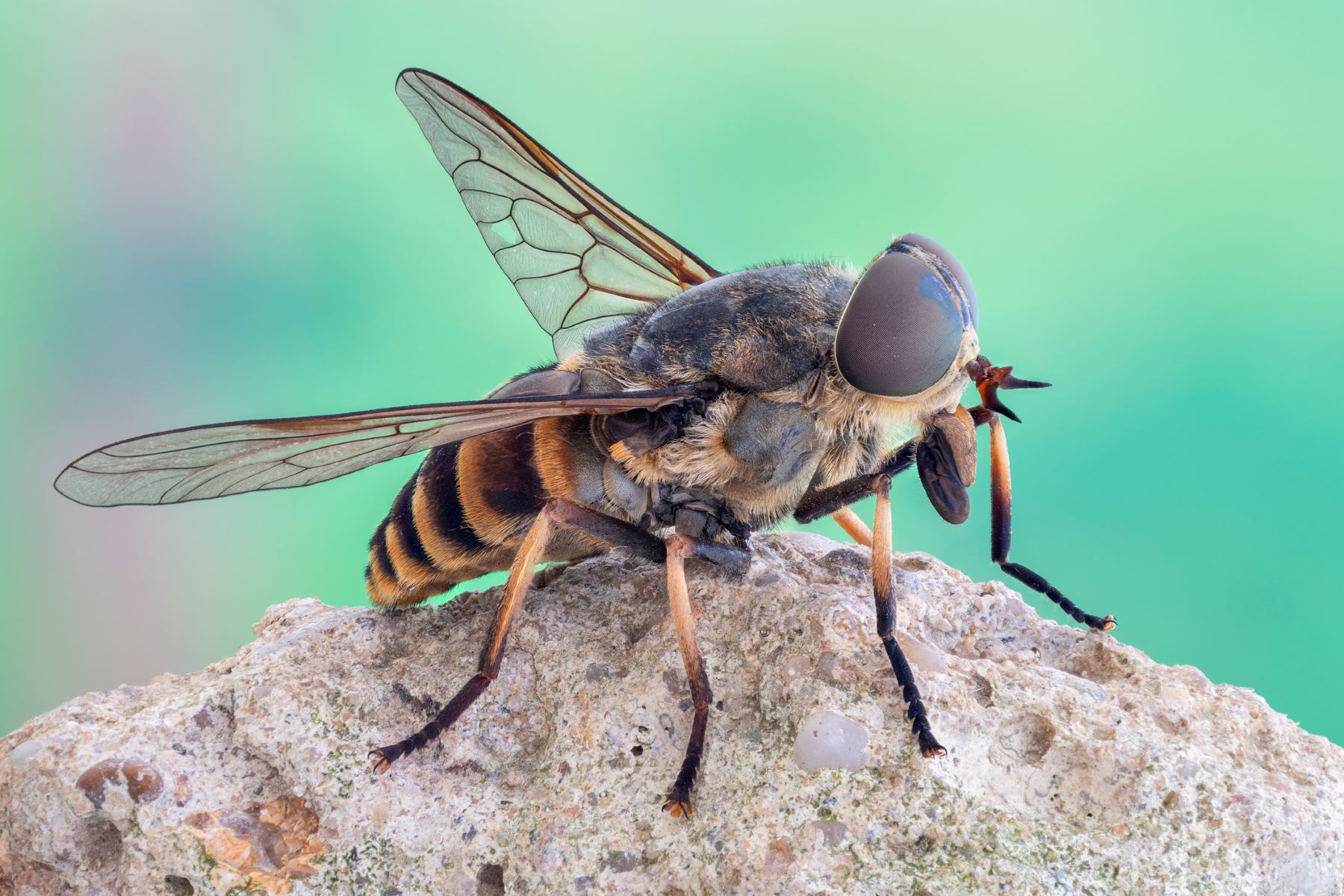
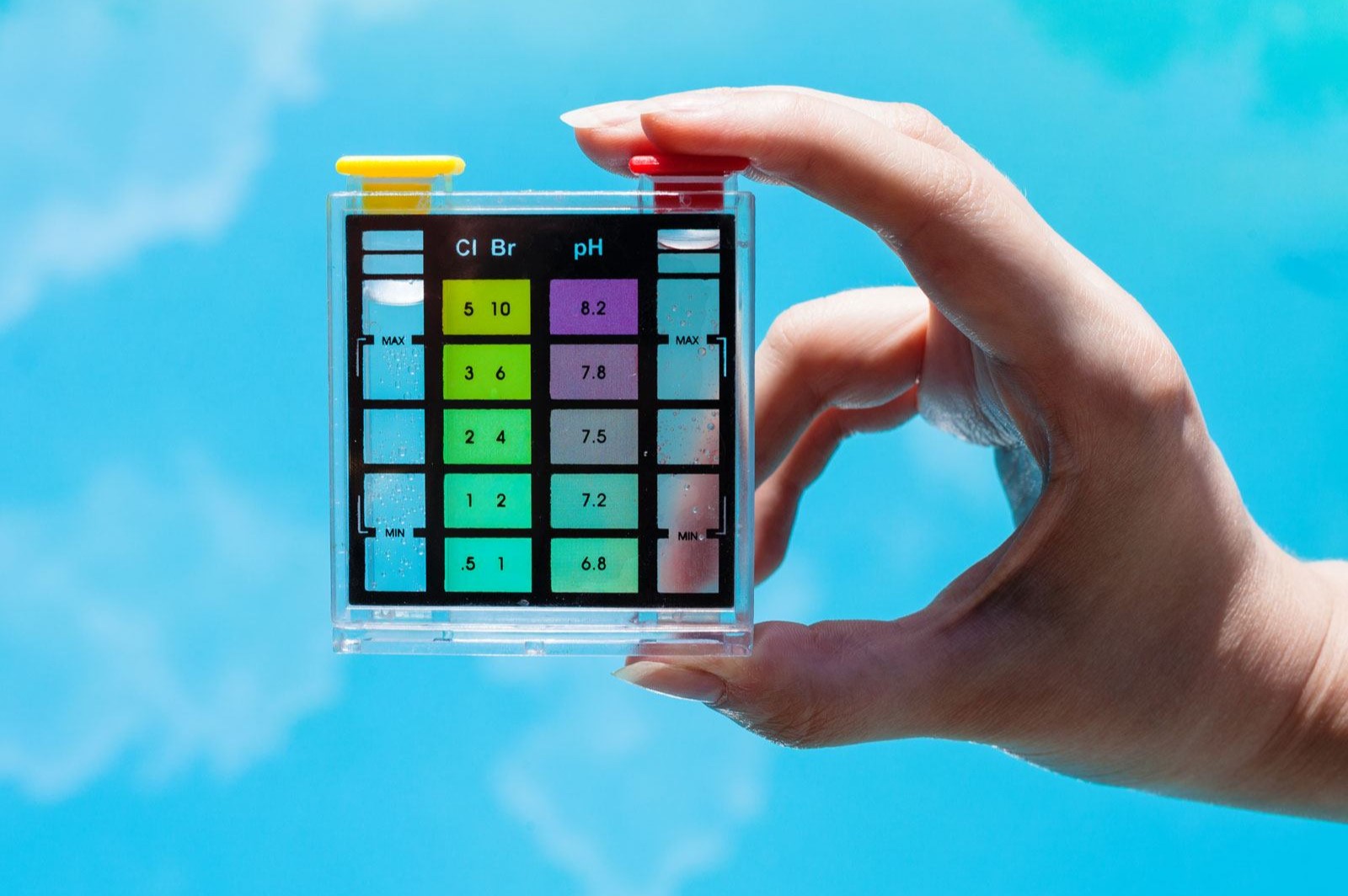

0 thoughts on “How Do You Get Rid Of Mustard Algae In A Swimming Pool”